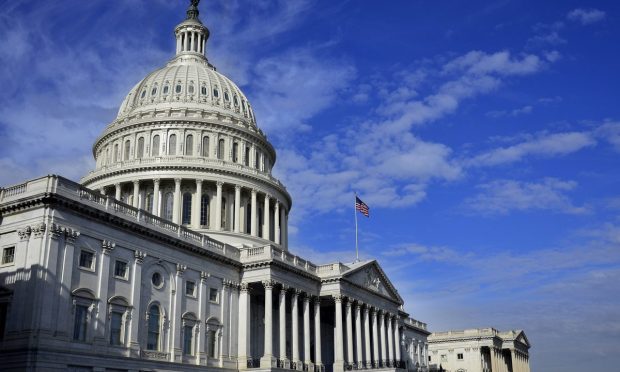Critics Blast CFPB’s ‘One-Size-Fits-All’ Approach to Digital Payments Oversight

The Consumer Financial Protection Bureau (CFPB) is overstepping its bounds when it comes to regulating digital payments firms — especially larger players — critics charged at a Wednesday (March 13) House hearing.
At the House of Representatives Committee on Financial Services Subcommittee on Digital Assets, Financial Technology, and Innovation hearing, titled “Bureaucratic Overreach or Consumer Protection? Examining the CFPB’s Latest Action to Restrict Competition in Payments,” the focus was on the rule proposed by the CFPB that would govern digital payment apps and wallets.
In opening remarks, Rep. French Hill (R-Ark.), chairman of the committee, stated that the comment period for the regulatory agency’s proposed rulemaking is “egregiously short.” He said the CFPB’s cost-benefit analysis was and remains “deeply flawed.”
He said the proposal intimates that companies that let individuals send money to one another, and companies that keep credit card information on file are “somehow in the exact same market.” And, he added, many companies are “confused about how the rule will be implemented or if they are even covered by it.”
In broad terms, and as the CFPB stated last November, the rule would mean that nonbank financial companies — specifically those larger companies handling more than 5 million transactions per year — would “adhere” to the same rules as large banks, credit unions, and other financial institutions already supervised by the CFPB.
Too Broad an Approach?
TechNet Executive Vice President and Corporate Secretary Carl Holshouser said in his testimony Wednesday that regulations focused on FinTechs “must ensure consumers are protected while continuing to allow innovation to flourish. The CFPB’s proposed rule fails to accomplish this on both fronts and takes a one-size-fits-all approach that deviates from past precedent.” The proposed rule, he said, would introduce complexity and uncertainty in digital payments markets “to the detriment of consumers and businesses across our economy.” In one example of the too-broad approach, Holshouser said that transaction volume “does not necessarily correlate to potential consumer harm” and added later in his testimony that “a company merely sending payment instructions poses significantly less risk to consumers than companies that hold, transmit, or receive money.”
And though the CFPB’s rule anticipates oversight of 17 companies, witnesses on Wednesday said that there still is uncertainty about who might ultimately be covered — and as a result many companies will unnecessarily expend resources in anticipation of being supervised by the CFPB.
Brian Johnson, managing director of Patomak Global Partners, a financial services regulatory consultancy, said in testimony that the rule and monitoring would extend not just to firms that already provide financial products or services, but also to companies that are in the midst of developing new products and services. Since the latter offerings are not yet in the market, said Johnson, the CFPB would be exceeding its authority in seeking information from those firms.
“The market definition proposed by the Bureau is, in a word, incoherent. There is no reasonable way to discern, based on these definitions, exactly what products or providers would be covered by the proposed rule,” said Johnson.
James Kim, partner and head of the Fintech Industry Group at Troutman Pepper Hamilton Sanders LLP, said in testimony that many of the firms in the midst of the digital payments market are already partnering with financial institutions that would be covered under the proposed rule — are already subject to examinations by the CFPB or the banks’ prudential regulators.
Among defenders of the CFPB the proposed rule was Christopher K. Odinet, the Josephine R. Witte Professor of Law at the University of Iowa. “The CFPB’s supervision rule is well-justified … as it establishes a unified and coherent regulatory framework for overseeing the payment system,” Odinet contended. “It brings all consumer payments under the CFPB’s supervision, regardless of whether the individual chooses to interface directly with a bank or more indirectly through a nonbank digital consumer payment platform. The CFPB’s rule puts the two types of firms on the same regulatory footing.”
Jack W. Solowey, policy analyst at the Center for Monetary and Financial Alternatives at the Cato Institute, said consideration of risk should be the “salient factor for determining whether digital payment apps should be covered at all. If the CFPB is unable to base its decision to cover digital payment apps on specific risks to consumers, it should not move forward with the proposed rule.”

